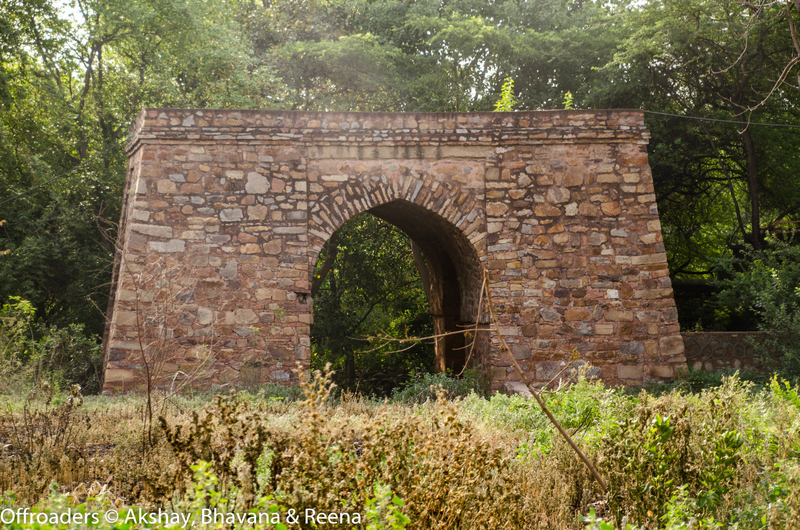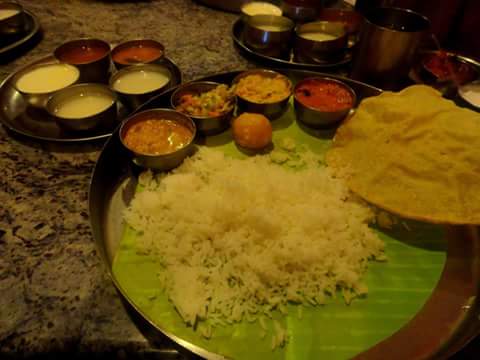Camouflaged in the hustle bustle of Delhi and further eclipsed by the imposing QutubMinar is situated the serene Mehrauli Archaeological Park which has been a silent witness to the glories and ruins of the Tomars, Khaljis, Slave Dynasty, Tughlaqs, Lodhis, Mughals and the British Empire. I remember having read somewhere that the park houses close to a hundred monuments. We set out to explore the mysteries and treasures of this obscure locale on a pleasant April morning. The park is just across the road from the QutubMinar Metro station. Alternatively, if you are using your vehicle, parking specially on weekdays is not an issue as a fairly large parking space is available next to the QutubMinar complex. But on weekends by 10:00 am the parking is full as QutubMinar is a ‘must visit’ monument on the itinerary of every tourist visiting Delhi.
As we walked the rocky path leading into the park we saw the majestic Quli Khan tomb with the rising sun as the backdrop. Peacocks and squirrels busy gathering breakfast added flavor to the already beautiful sight. Quli Khans tomb is a stoic structure built in the 17th century which has withstood the ravages of time probably indicative of the indomitable spirit and courage of Muhammad Quli Khan. Muhammad Quli Khan was a powerful general in the army of the Mughal Emperor Akbar (ruled 1556-1605) who somehow got lost in the annals of history. Nothing much is known abouthim or who built the tomb.
Interestingly, this tomb was converted into a country house “Dilkhusha” by Sir Thomas Theophilus Metcalfe who was the last British resident in the court of Bahadur Shah Zafar II (ruled 1837 to 1857). While observing the structure one can clearly make out that the later added portion is pretty distinct from the rest of the masonary as stones used were picked up from other ruins. Metcalfe used it as a summer / monsoon retreat and also rented it to honeymooning couples which seemed pretty bizarre to us keeping in mind the structurewas formerly a tomb. One can also see a water tank which was used for boating and swimming. Put in some effort and go to the top of the tomb. You may find the steps a bit too narrow and steep but braving them is worth it as you get a magnificient 360 degree view from the top. One also come across some ruins which could possibly have been a residential complex.
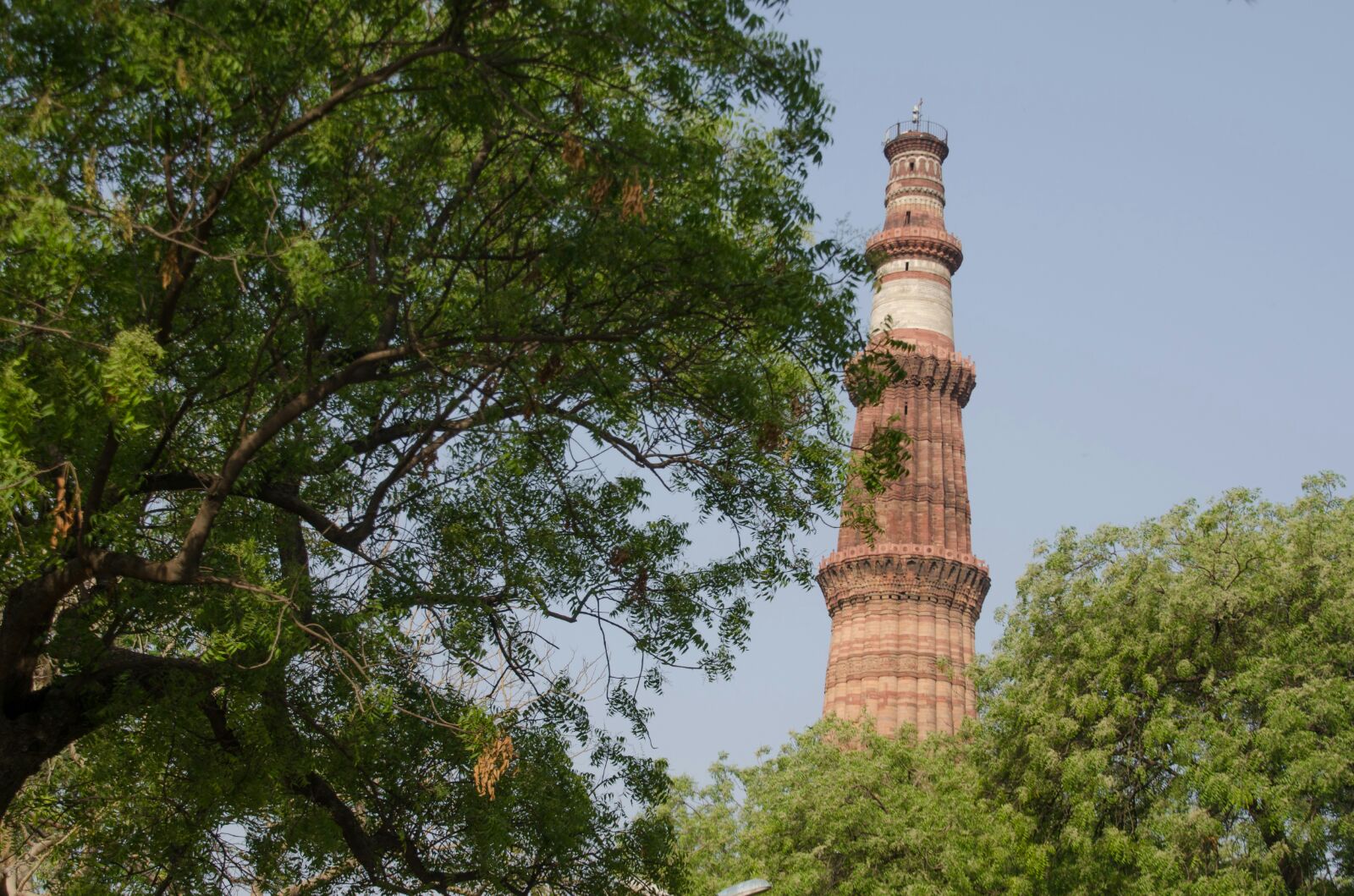
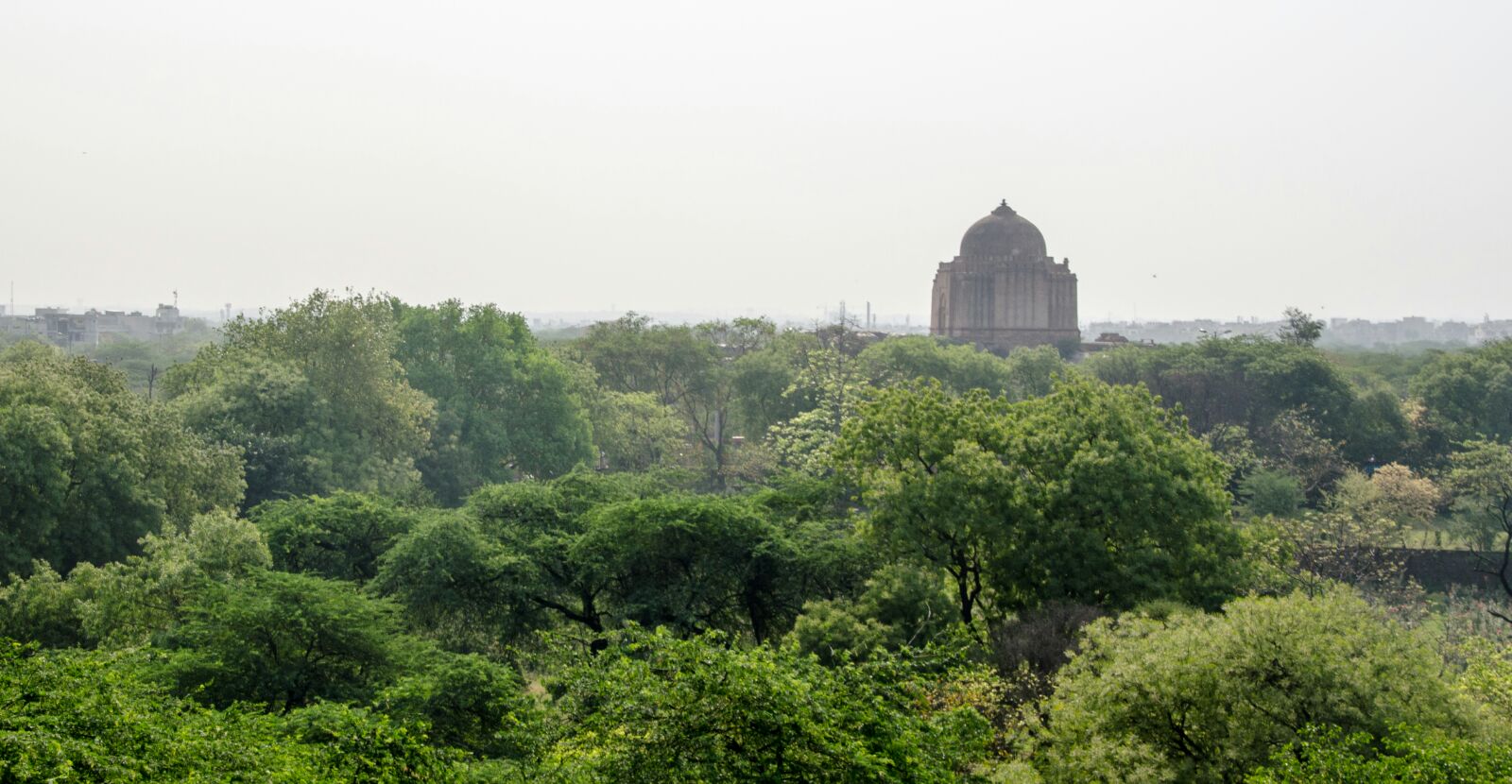
By now more morning walkers and exercise buffs had started streaming in and the place appeared to be waking up. As we got talking with a regular to the park
By now more morning walkers and exercise buffs had started streaming in and the place appeared to be waking up. As we got talking with a regular to the park we were told that this park was originally referred to as JamaliKamalipark and among the locals this nomenclature still exists. It was only in 1997 when Government of India undertook restoration of this site was it given the name MehrauliArchaelogical Park. Housed in a complex with a caretaker assigned are the two prominent structures – JamaliKamali mosque and the tomb of Jamali and Kamali. You may have to look for the caretaker to have the complex opened. While Jamali (alias Sheikh Faizlullah) was a Sufi saint during the reign of Babur and Humayun the identity of Kamali remains a mystery. There are several stories floating around (you can take your pick)regarding the identity of Kamali ranging from Kamali being a contemporary Sufi poet of Jamali or his wife , friend or servantto the more scandalous speculation of Kamali being Jamalis inseparable homosexual partner.The construction of this mosque started in 1528 and was completed in 1530’s during the reign of Humayun. What intrigues visitors are the haunted stories of Djinns associated with this place but none of the locals we spoke to believed in or had witnessed any paranormal activity.
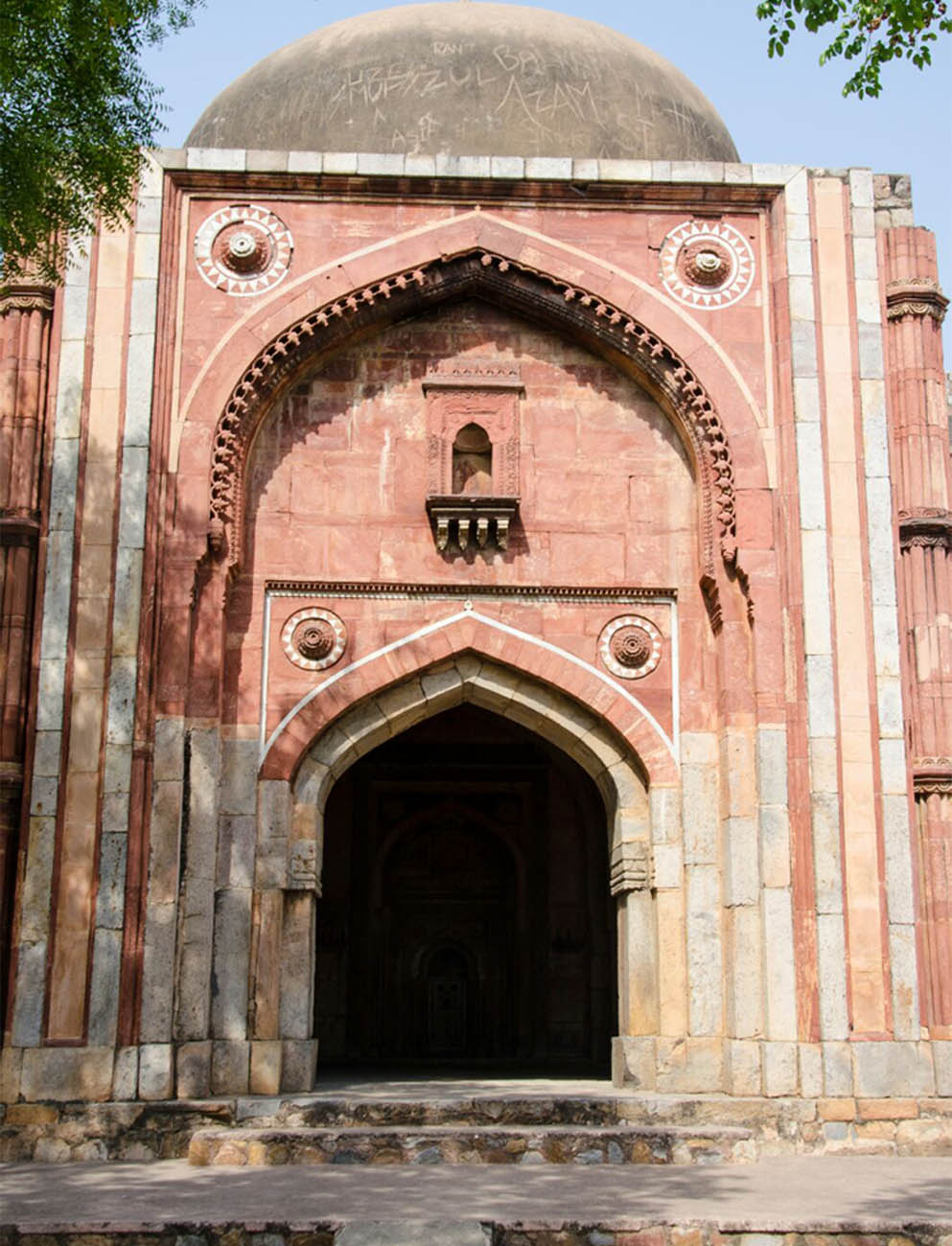
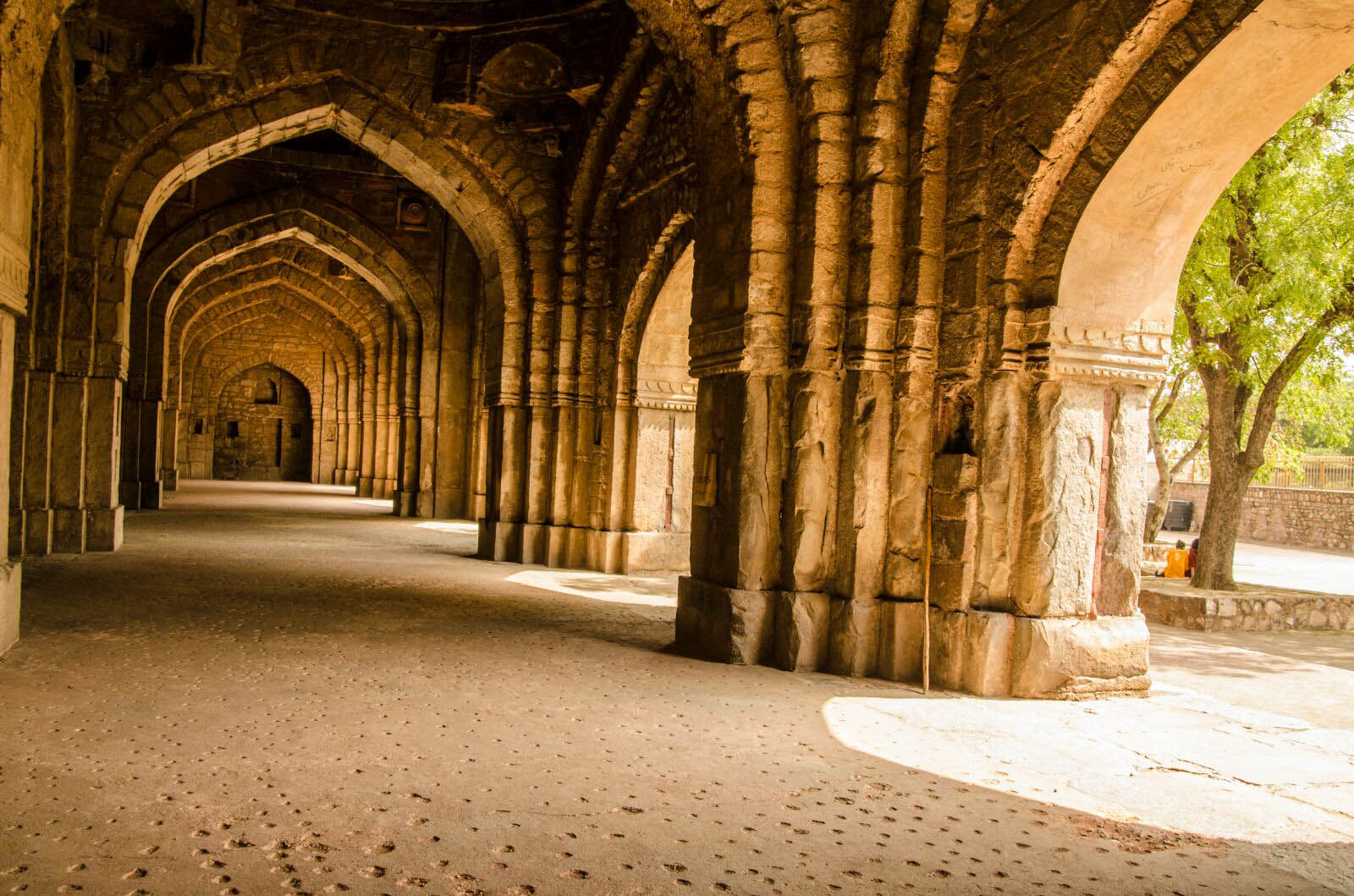
Now almost in ruins with no dome and only a few part walls surviving is the tomb of GhiyasuddinBalbal (ruled 1266-1287). He was the ninth Sultan of the Mamluk dynasty (also called Slave dynasty) of the Delhi Sultanate. Now nothing much is left of the structure which probably was once an architectural delight as it is one of the earliest instances of true arch being used in India. As laymen we understood true arch to mean an arch built without the use of any pillars and which has a keystone (triangular stone)in the centre to balance the load on either sides of the arch. One can still see the key stone in some of the surviving arches.Next to the Balbans tomb is the grave of his son Muhammad (Khan Shahid) who died fighting the Mongols at a very young age
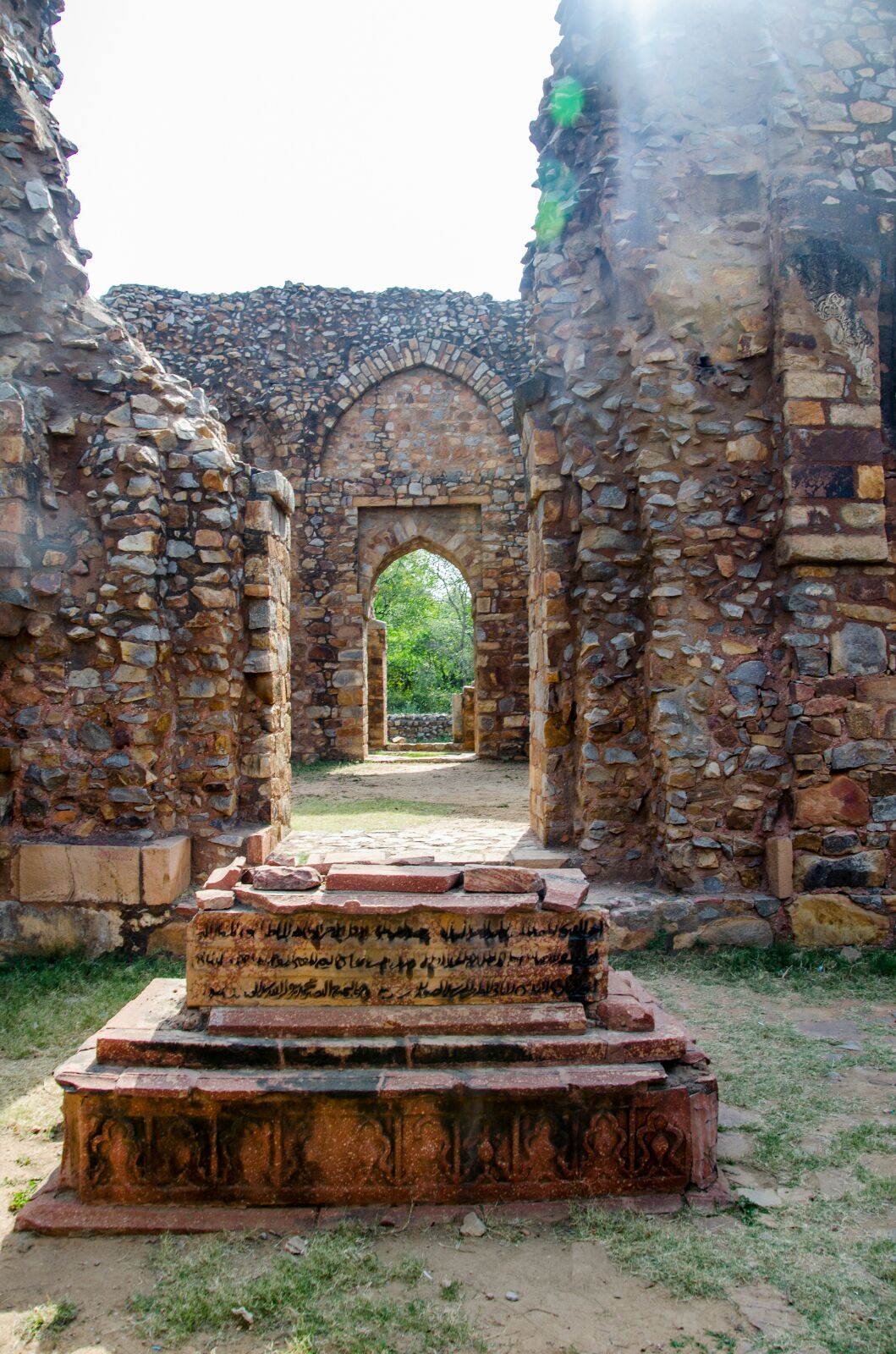
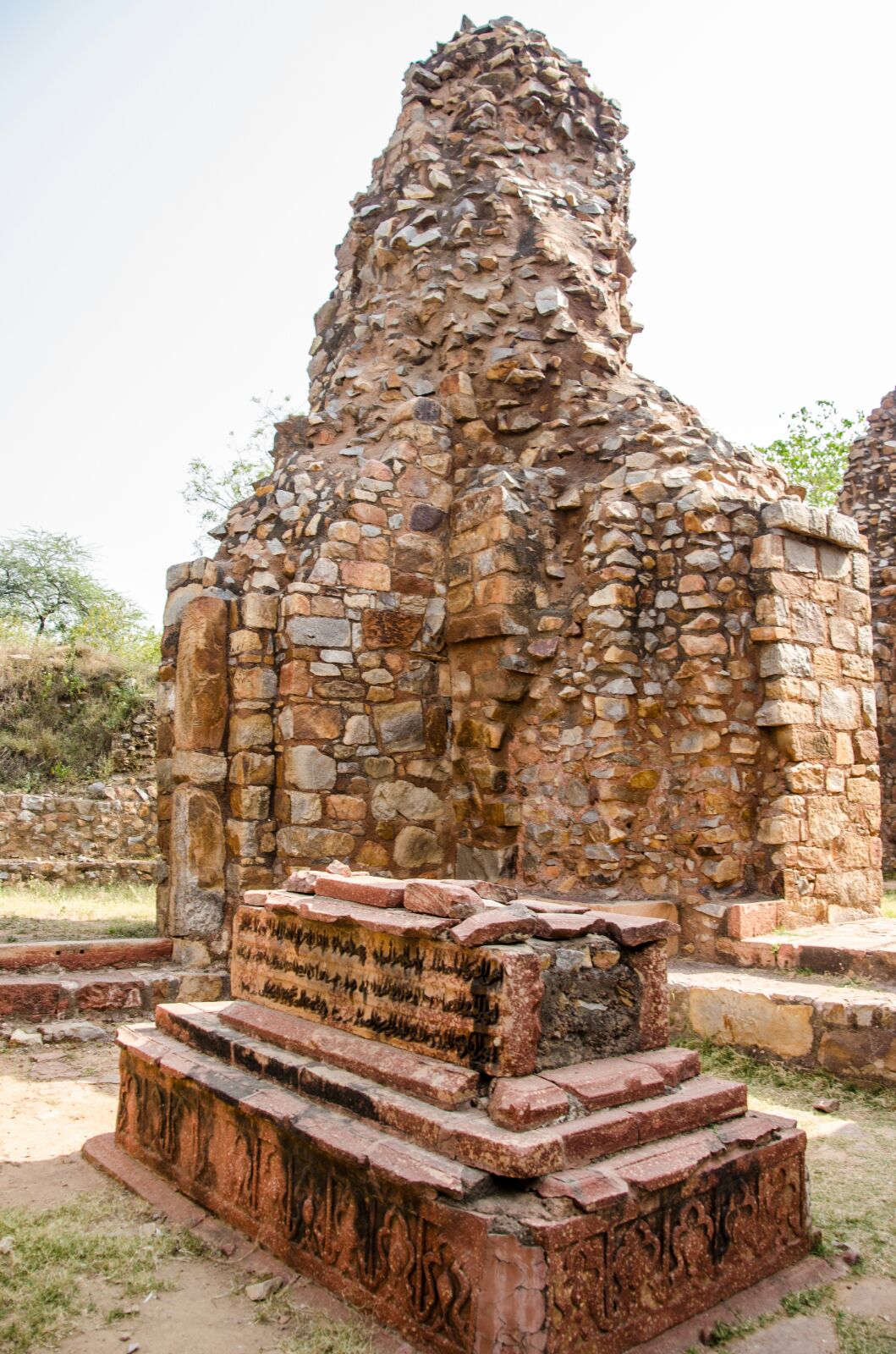
The sun was shining in its full glory but thankfully we were well stocked with water and sandwiches as there is practically nothing to eat or drink within the park premises. Infact this is good as it would have added to the litter which does exist in certain places in the otherwise clean and pristine park. Probably it was for lesser mortals like us that food and drinks were not available because we saw that preparations were on for a CEO meet and the catering was provided by Oberois. There were several chefs floating around setting up goodies for the high profile CEOs. By now the park was teeming with life. Passing through a cricket ground created by cricket enthusiasts enjoying their weekend cricket match we moved to “Rajon kiBaoli”.
Rajon kibaoli is a favourite with photography enthusiasts as they can get some great shots of the arched passageway of the baoli or a top view of the baoli. Our experience at the baoli was slightly marred by the spat we had with some security guard who tried to stop us from carrying our tripod into the monument for reasons best known to them . Fortunately we got the better of the argument and trooped into the majestic baoli with our complete equipment. Rajon kibaoli is a four step well built by Daulat Ram during the reign of Sikandar Lodi (ruled 1489 to 1517). “Rajon kibaoli”translates into stepwell of masons ( not kings as is commonly interpreted) as it is believed to have been used by masons. A flight of stairs leads to a mosque and a tomb with an unidentified grave .The baoli is virtually dry barring some plastic bags and juice packets floating in a muddy slush. However, the baoli is the largest and most majestic of the baolis in the capital -Agrasenkibaoli in Connaught Place and Gandhakkibaoli just on the outside of this archaeological park


